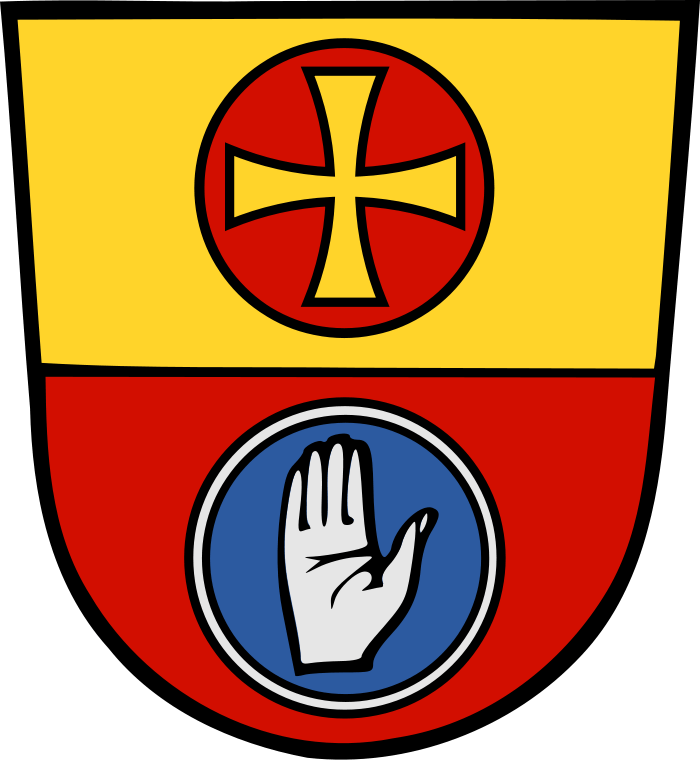Schwäbisch Hall
Germany
Schwäbisch Hall

In 1525, the Free Imperial City Council appointed Johannes Brenz (1499-1570) as the preacher of St. Michael’s city church, from where he would instill the Reformation over the next 26 years. Brenz had first met Martin Luther at the Heidelberg disputation in 1518 while he was still a student, and this encounter prompted him to adopt the new teachings. He introduced the Reformation in Schwäbisch Hall step by step, calmly damping any iconoclastic tendencies and urging leniency towards rebellious farmers and the Baptists. Brenz was also responsible for reforming aid for the poor and the school system of Schwäbisch Hall. He advocated school education for girls and boys from all social backgrounds and drafted three catechisms that together were reprinted more than five hundred times. The first celebration of dual communion in 1526, the new church order introduced in 1527 and Brenz’ marriage in 1530 signalled the completion of the city’s Reformation.
However, the exuberant mood of the Reformation led by Brenz in Schwäbisch Hall spread way beyond the city walls. Following the Marburg Colloquy in 1529, Brenz participated in the majority of religious debates and acted as an appraiser and consultant throughout the entire empire. When he was forced to flee Schwäbisch Hall in 1548 as a consequence of the Protestant defeat in the Smalkaldic War, Duke Christoph of Württemberg commissioned him to install a new church order in his Protestant duchy. This allowed Brenz to apply the processes he had initiated in Schwäbisch Hall to the larger arena of Württemberg. Thus Schwäbisch Hall acted as the cradle of the Reformation in Württemberg.
Various memorials to Johannes Brenz can be found in Schwäbisch Hall today, including the Brenz House and its bust of the Reformer. St. Michael’s Church, the seat of his preaching and work, is now a European Union cultural heritage site. The town archives in the market square hold a unique collection of Reformation documents, and a very special document from the Reformation era is on display in the Johannite Church. Here, visitors can inspect Hans Holbein’s Virgin of Mercy (1526) in the company of paintings by Lucas Cranach the Elder and other artworks from the Upper German Reformation, which all belong to the Würth art collection. At the same time, appreciators of modern art will enjoy the works on display in the Würth Art House (Kunsthalle). Nowadays, the salt water spring in Schwäbisch is no longer used to harvest salt for trade, but instead feeds the town’s popular salt spa.
Links
City of Schwäbisch Hall www.schwaebischhall.de/en/
Tourist Office www.schwaebischhall.de/en/tourism.html
Evangelical Church District of Schwäbisch Hall www.kirchenbezirk-schwaebischhall.de/
Evangelical-Lutheran Church in Württemberg www.elk-wue.de/landeskirche/international-information-en/

